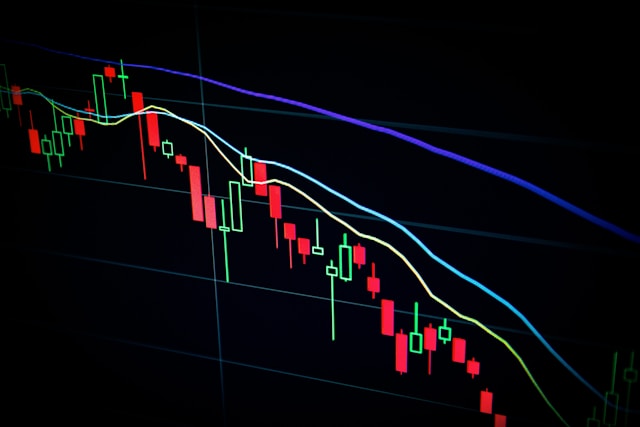The margin trading facility allows investors to boost their investments by letting them buy more securities or assets than they can afford. Say you’re an investor and open a Demat account to start investing in the stock market. Then, you find the stock you wish to buy and decide to buy a given amount at a certain price. Now, you may realize that you do not have sufficient funds to buy the entire amount of stock you want. So, you put up the capital that you have and borrow the rest from your broker. In the most basic way, this translates to buying stocks or any other securities on a margin.
What is margin trading?
Margin trading is a way through which an investor opens a position to trade or invest using a deposit, known as a margin. When trading on margin, a margin trading facility is given to you by a broker. The broker loans you a portion of the traded value or the full portion so you can go ahead and make the trade. However, if you are available at such a facility, you must deposit collateral or security.
The margin deposit you make is the specific amount of money you require to make your trade possible. It is defined by a particular margin rate, expressed as a percentage.
How the Margin Trading Facility Works – An Example
Suppose you wish to buy 10 shares that are priced at Rs.100 each. If you were to purchase these shares through the traditional route, you would be required to pay the full Rs.1000 upfront. Now, if you trade on a margin, at a margin rate of, say, 20%, you would only have to put down Rs.200 while still being able to get exposure to the entire value of the trade.
It is important to note that because the initial deposit doesn’t represent your entire market exposure, you may lose more than this outlay if the market shifts in a direction other than the one you expect. Consequently, it is necessary to take steps to mitigate your risk. Nonetheless, before you avail of this facility, you can use an online margin calculator to decide how much of a risk you can afford.
How do you trade on a margin? Basics You Should Know
Margin trading works in the way that it gives you complete exposure to the market, but at only a fraction of the funds you would usually be required to outlay. The margin you deposit is a percentage of the total position size, and the rate of the margin is decided by your broker. If you are trading in markets with high volatility or larger positions, you may be required to make a bigger deposit. Using a margin calculator can aid you in your decisions and calculations regarding margin trading associated with deposits and rates.
Trading on a margin can amplify your profits as well as your losses. Consider the effect of an upward Rs.15 price change on a share worth Rs.100. With traditional ways of investing, this would mean that you have earned a profit of 15%.
Being Cautious About Risk
By comparison, at a margin rate of 10% on the same share, you’d only outlay Rs.10 to take your position. The Rs.15 upward price movement would likely result in a profit of 150% on your original deposit. If the price movement potential turned against you by Rs.10, then you’d lose 100% of your original deposit. That is the risk you may incur in margin trading. Using a margin calculator to determine how much you deposit and the risk you may face can help you while trading on a margin.
This implies that while your losses may be capped at your original capital outlay with conventional investing, the same isn’t necessarily true when trading on margin. Via margin trading, you could lose more than you deposit if you don’t take steps to manage your risk.
Margin Trading with Care
Margin trading can offer opportunities to trade if you have a shortfall of cash. Furthermore, you get the chance to make potential profits which you could otherwise miss out on due to a lack of capital. Still, risks are involved as you borrow money, and your trades may not always go positively.








